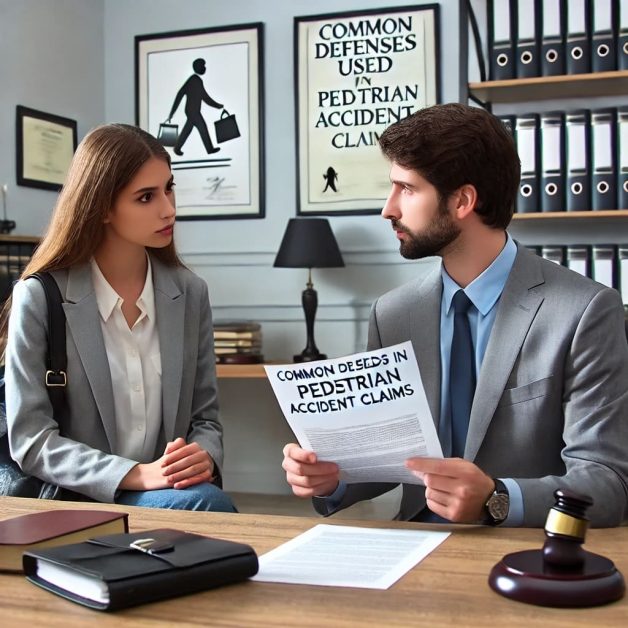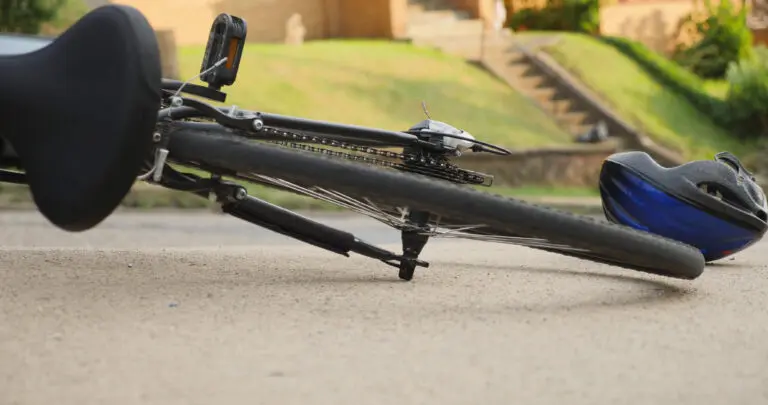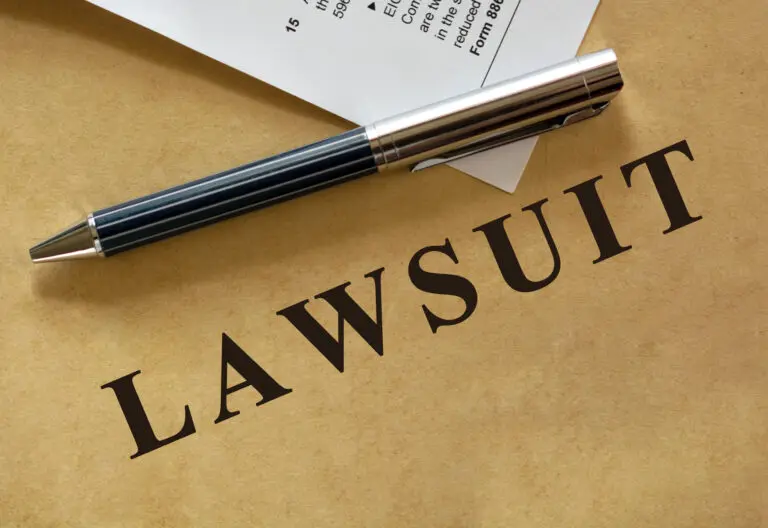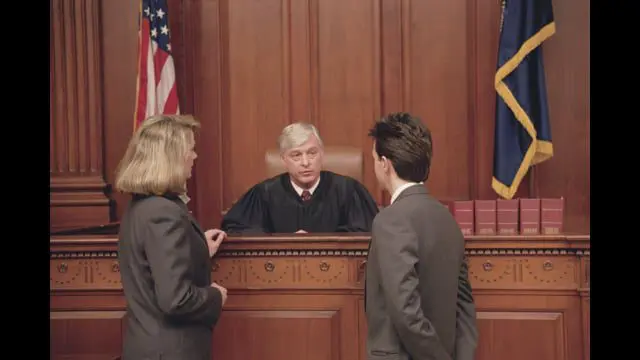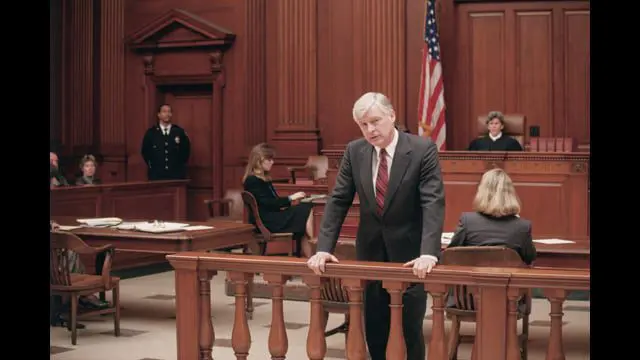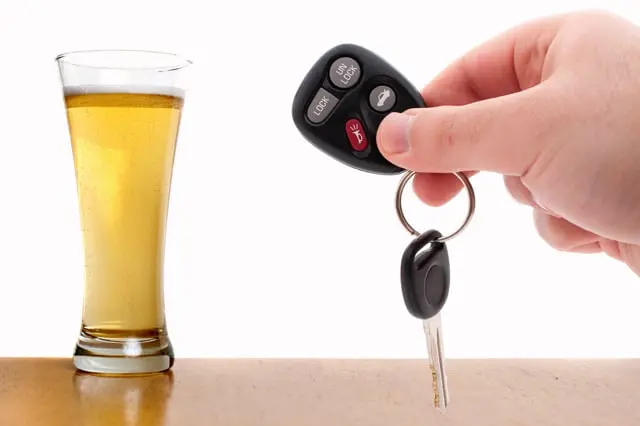Pedestrian accidents often result in severe injuries due to the vulnerability of those on foot compared to motor vehicles. When a pedestrian is struck by a vehicle, determining liability and securing fair compensation can be complex. Pedestrian accident lawyers employ various strategies to defend their clients against claims. Understanding these common defenses is crucial for both plaintiffs and defendants in navigating the legal landscape of pedestrian accident claims.
Understanding Pedestrian Accident Claims
Pedestrian accident claims arise when a person on foot is injured by a vehicle, often leading to significant medical expenses, lost wages, and pain and suffering. The injured party typically files a claim against the driver’s insurance to seek compensation for their losses. The success of these claims hinges on proving the driver’s negligence and liability.
Elements of a Pedestrian Accident Claim
- Duty of Care: The driver owed a duty of care to the pedestrian. All drivers are required to exercise reasonable care to avoid injuring others on the road.
- Breach of Duty: The driver breached this duty by acting negligently. This could involve speeding, running a red light, or failing to yield to a pedestrian.
- Causation: The breach of duty directly caused the pedestrian’s injuries. The plaintiff must demonstrate that the injuries would not have occurred but for the driver’s actions.
- Daños y perjuicios: The pedestrian suffered actual damages, such as medical bills, lost income, and pain and suffering.
Common Defenses Used by Pedestrian Accident Lawyers
Pedestrian accident lawyers often employ several common defenses to protect their clients from liability. These defenses can significantly impact the outcome of a case, and understanding them can help plaintiffs prepare a stronger claim.
Comparative Negligence
One of the most frequently used defenses is negligencia comparativa. This defense argues that the pedestrian was partially at fault for the accident. For instance, the pedestrian might have been jaywalking, crossing against a traffic signal, or not paying attention to their surroundings.
In jurisdictions that follow comparative negligence rules, the pedestrian’s compensation is reduced by their percentage of fault. For example, if a pedestrian is found to be 30% at fault for an accident, their compensation will be reduced by 30%. This defense can significantly lower the amount the defendant has to pay.
Contributory Negligence
In some states, contributory negligence can be a complete defense against liability. Under this doctrine, if the pedestrian is found to be even slightly at fault for the accident, they are barred from recovering any compensation. This strict rule can make it very challenging for pedestrians to win their claims in contributory negligence states.
Assumption of Risk
Another defense is assumption of risk, where the defense argues that the pedestrian knowingly engaged in risky behavior that led to their injuries. For example, if a pedestrian was crossing a busy street outside of a crosswalk or ignoring traffic signals, the defense might claim they assumed the risk of injury. If successful, this defense can reduce or eliminate the defendant’s liability.
No Negligence
A straightforward but effective defense is to argue that the driver was not negligent. The defense might claim that the driver was following all traffic laws and exercising reasonable care, and the accident was unavoidable. This defense requires the defendant to provide evidence that they acted prudently and that external factors, such as sudden pedestrian movement, caused the accident.
Emergency Doctrine
En emergency doctrine defense applies when the driver faced a sudden and unexpected situation that left no time to avoid the accident. For example, if a pedestrian suddenly darts into the street, the driver might argue that they had no opportunity to stop or swerve to avoid the collision. This defense hinges on proving that the driver’s reaction was reasonable under the emergency circumstances.
Building a Strong Pedestrian Accident Claim
To counter these defenses and build a strong pedestrian accident claim, plaintiffs must gather comprehensive evidence and present a compelling case. Here are key strategies to strengthen a pedestrian accident claim:
Collecting Evidence
- Accident Scene Documentation: Take photographs of the accident scene, including skid marks, traffic signals, crosswalks, and any visible injuries. Detailed photos can help reconstruct the accident and support your claim.
- Witness Statements: Obtain contact information and statements from any witnesses who saw the accident. Witnesses can provide crucial third-party perspectives that corroborate your account of events.
- Surveillance Footage: Look for nearby businesses or traffic cameras that might have captured the accident. Video evidence can be incredibly persuasive in establishing liability.
Historiales médicos
Detailed medical records are essential to prove the extent of your injuries and link them to the accident. Ensure you receive prompt medical attention and follow all recommended treatments. Keep records of all medical appointments, treatments, and expenses.
Expert Testimonies
Expert witnesses, such as accident reconstruction specialists, can provide professional insights into how the accident occurred and who was at fault. Medical experts can also testify about the severity of your injuries and the long-term impact on your life.
Navigating Legal Procedures
Understanding the legal procedures involved in a pedestrian accident claim is crucial for both plaintiffs and defendants. Here’s an overview of the typical steps involved:
Filing a Claim
The first step in seeking compensation is filing a claim with the at-fault driver’s insurance company. This involves submitting a demand letter outlining the details of the accident, the extent of your injuries, and the compensación you are seeking.
Negociaciones
Insurance companies often try to settle claims quickly and for as little money as possible. Be prepared for negotiations and do not accept the first offer if it does not fully cover your damages. Your lawyer can negotiate on your behalf to secure a fair settlement.
Litigios
If a fair settlement cannot be reached, you may need to file a lawsuit and take your case to court. Litigation involves several stages, including discovery (exchange of evidence), depositions (sworn statements), and potentially a trial. Your lawyer will guide you through each step and advocate for your best interests.
Importancia de la representación legal
Having a skilled pedestrian accident lawyer is critical in navigating the complexities of your case and countering common defenses. A lawyer brings expertise, experience, and resources to build a strong case and negotiate effectively with insurance companies.
Advantages of Hiring a Pedestrian Accident Lawyer
- Conocimientos jurídicos: Lawyers understand the intricacies of personal injury law and can effectively counter common defenses used by the opposition.
- Investigation Resources: Lawyers have access to resources, such as private investigators and expert witnesses, to gather compelling evidence for your case.
- Habilidades de negociación: Experienced lawyers are adept at negotiating with insurance companies to secure fair compensation. They can identify lowball offers and push for settlements that fully cover your damages.
- Court Representation: If your case goes to court, having a lawyer represent you is invaluable. They can present evidence, cross-examine witnesses, and argue persuasively on your behalf.
Addressing Emotional and Psychological Impact
Pedestrian accidents can have severe emotional and psychological effects, in addition to physical injuries. Addressing these impacts is crucial in a comprehensive pedestrian accident claim.
Emotional Distress
Emotional distress can include anxiety, depression, and post-traumatic stress disorder (PTSD). These conditions can significantly affect your quality of life and may require professional treatment. Documenting these impacts and including them in your claim is essential for securing fair compensation.
Dolor y sufrimiento
Pain and suffering refer to the physical and emotional anguish resulting from the accident. Calculating these non-economic damages can be challenging, but they are a critical component of your claim. Your lawyer can help quantify these damages and argue for appropriate compensation.
Understanding State-Specific Laws
Pedestrian accident laws vary by state, and understanding these nuances is vital for building a strong claim or defense. Here are some state-specific considerations:
Comparative and Contributory Negligence States
As mentioned earlier, some states follow comparative negligence rules, while others adhere to contributory negligence. Knowing your state’s specific laws can significantly impact your claim’s strategy and potential outcome.
Pedestrian Right-of-Way Laws
Different states have varying laws regarding pedestrian right-of-way. For instance, some states mandate that drivers yield to pedestrians at all crosswalks, while others only require this at marked crosswalks. Understanding these laws can help determine liability in your case.
Statutes of Limitations
The statute of limitations is the time frame within which you must file a claim. This period varies by state and the type of claim. Failing to file within this period can result in your case being dismissed, regardless of its merits.
Case Studies of Pedestrian Accident Claims
Including real-life casos prácticos can provide valuable insights into how pedestrian accident claims are handled and the outcomes that can be achieved. For example, discussing a case where a victim successfully received fair compensation can illustrate the legal process and the types of evidence that were crucial in winning the case. Highlighting the legal strategies used and the compensation awarded can help potential claimants understand what to expect.
Role of Insurance Companies
Insurance companies play a significant role in pedestrian accident claims. Discussing how insurance companies handle these claims and the tactics they use to minimize payouts can provide valuable insights for claimants.
Tácticas de seguros
- Quick Settlement Offers: Insurance companies may offer quick settlements to close claims before the full extent of injuries and damages are known. These offers are often lower than what the claimant is entitled to.
- Disputing Liability: Insurance adjusters may dispute liability, arguing that the pedestrian was at fault or partially at fault for the accident. This tactic aims to reduce or deny the claim.
- Delaying Tactics: Prolonging the claims process can pressure claimants to accept lower settlements out of financial desperation. Understanding these tactics can help claimants and their lawyers counter them effectively.
Long-Term Consequences of Pedestrian Accidents
Pedestrian accidents can have long-term consequences that extend beyond immediate medical expenses. Discussing these impacts can provide a comprehensive view of the damages suffered and the importance of securing adequate compensation.
Physical Consequences
Severe injuries, such as traumatic brain injuries, spinal cord injuries, and multiple fractures, can result in long-term or permanent disability. These injuries may require ongoing medical treatment, rehabilitation, and adaptive equipment, all of which should be factored into the compensation claim.
Financial Consequences
Long-term injuries can lead to significant financial burdens, including loss of income, loss of earning capacity, and the cost of future medical care. Calculating these expenses accurately is crucial for ensuring fair compensation.
Psychological Consequences
The psychological impact of pedestrian accidents can be profound, affecting victims’ mental health and quality of life. Addressing these consequences in a compensation claim is essential for providing holistic recovery.
Settlement vs. Trial
Comparing the pros and cons of settling a case out of court versus going to trial can help readers make informed decisions. This section can discuss factors to consider when deciding whether to accept a settlement offer or pursue a trial, including the potential risks and benefits of each option.
Benefits of Settlement
- Speed and Certainty: Settling out of court can resolve the case faster and provide a guaranteed outcome, avoiding the uncertainty of a trial.
- Lower Costs: Settling can reduce legal fees and court costs, providing more net compensation to the claimant.
Benefits of Trial
- Potential for Higher Compensation: A trial can result in higher compensation if the jury awards damages that exceed the settlement offer.
- Public Accountability: A trial can hold the defendant publicly accountable for their actions, providing a sense of justice for the claimant.
Conclusión
Pedestrian accident claims involve navigating a complex legal landscape, where understanding common defenses and building a robust case is crucial for securing fair compensation. By collecting comprehensive evidence, leveraging expert testimonies, and understanding state-specific laws, plaintiffs can strengthen their claims. On the other hand, defendants and their lawyers can employ various strategies to minimize liability. Having skilled legal representation on either side ensures that the legal process is handled effectively, rights are protected, and just outcomes are achieved. Whether you are a pedestrian seeking compensation or a driver defending against a claim, understanding these dynamics is essential for a favorable resolution.
Attorneys.Media Video Document References
- Is Personal Injury Part of Your Law Practice?
- As an Attorney, How Are You Generating Content for Your Online Presence?
- How Can You Help Potential New Clients Get Their Questions Answered?
- How Do You Differentiate Yourself When Someone Looks Online for Help?
- How Do You Differentiate Yourself as a Criminal Defense Attorney?
- Have You Been Thinking About Video Marketing for Your Law Firm?
- Should Attorneys Use Video Marketing to Attract New Clients?
- What Do Potential Clients See When They Research Your Name Online?
- Cómo puede ayudarle Attorneys.Media

